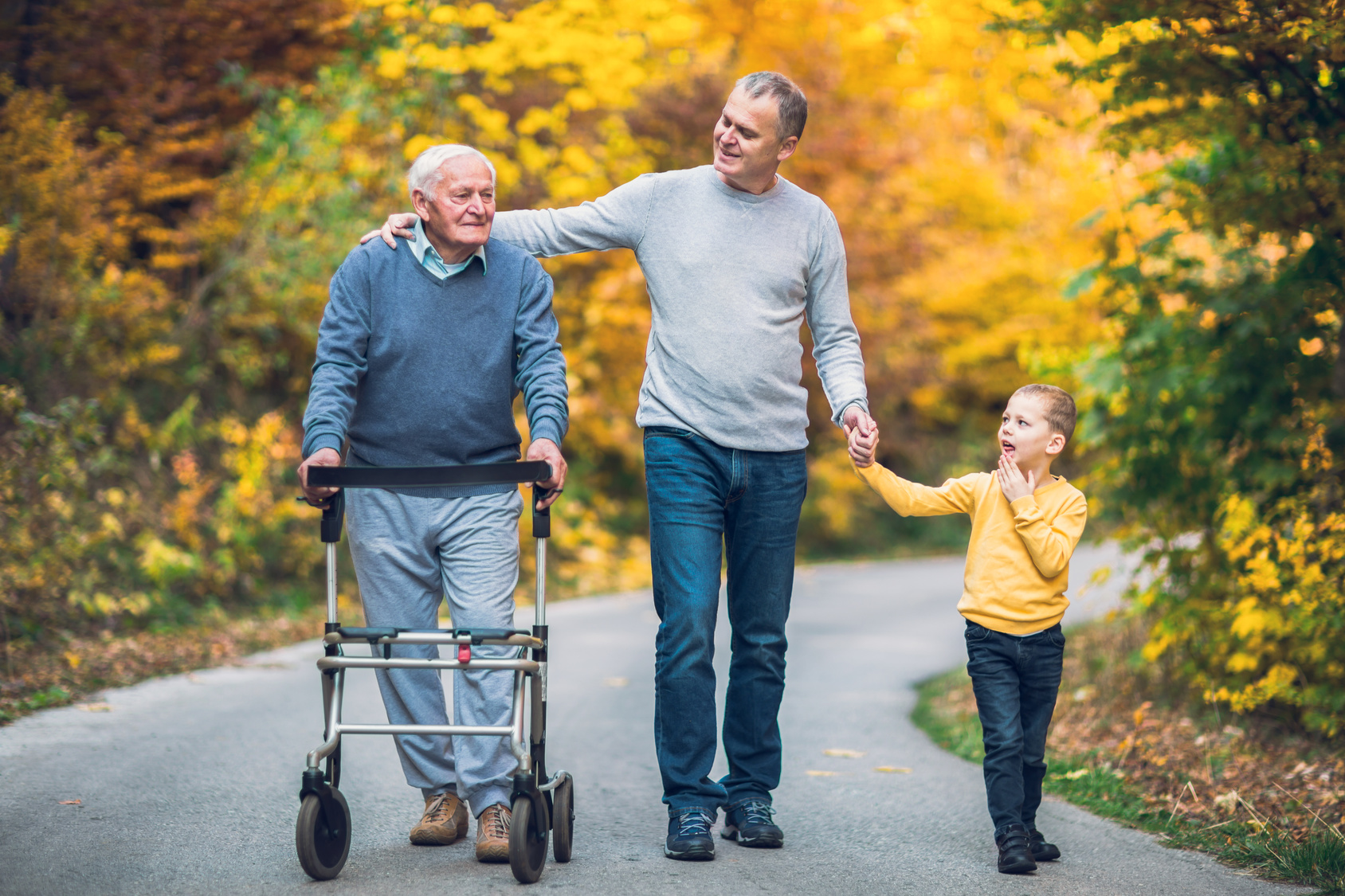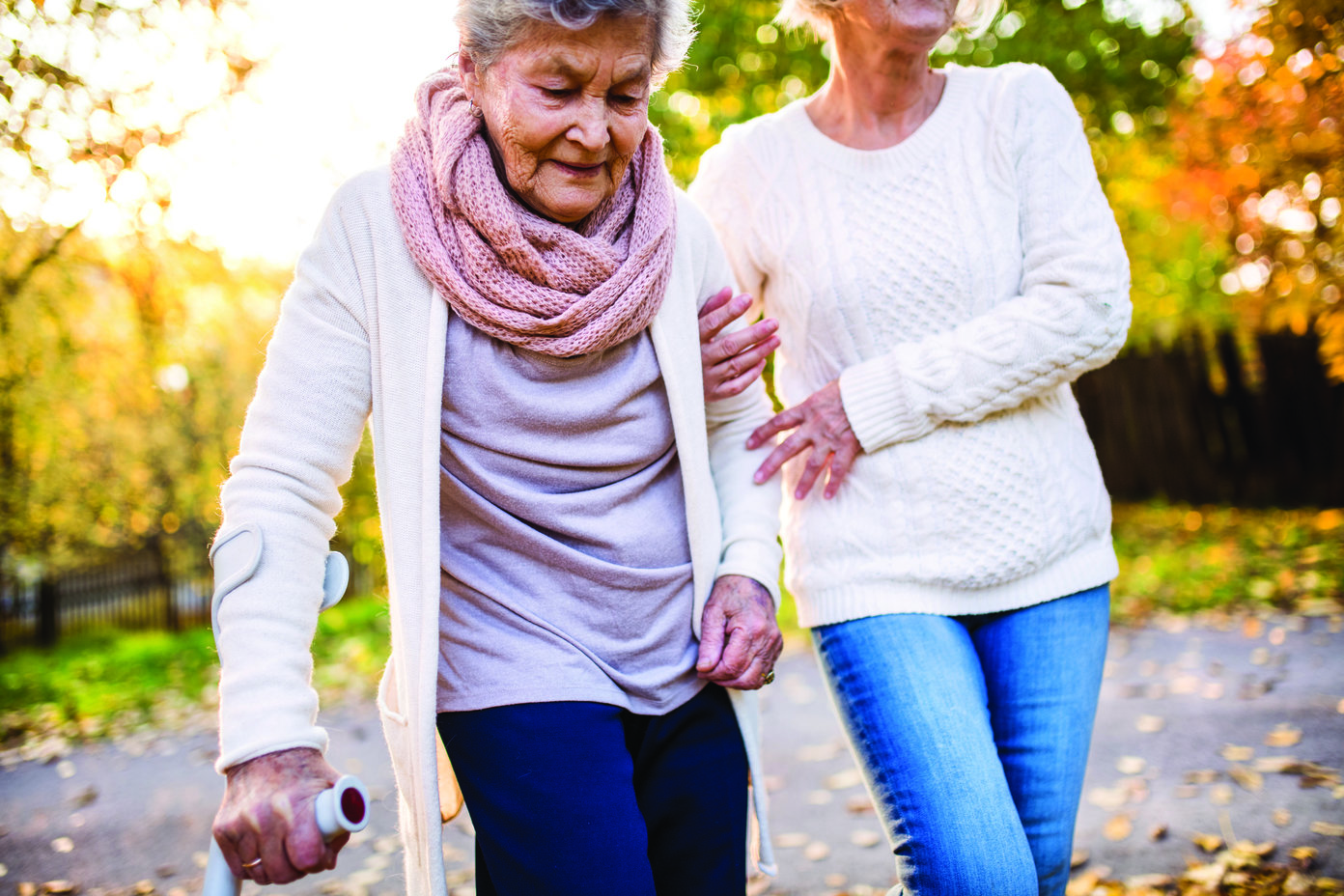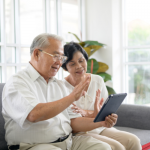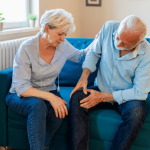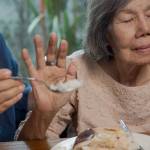Stroke recovery is possible when survivors engage in activities that help them regain muscle strength, balance and stamina. Walking is one activity that accomplishes all three. Without the need for a gym, cumbersome workout gear or exceptional skill, walking is readily accessible.
What Happens After a Stroke?
Moments after suffering from a stroke, the victim undergoes massive damage to the brain. The brain’s motor fibers that are connected to movement are injured. A stroke destroys parts of the brain that are associated with the opposite side of the body. The resulting partial paralysis makes walking difficult.
A stroke can destroy the patient’s ability to feel sensation in parts of the body. Victims may not feel sensation when they place their foot on the ground. Without the ability to feel one’s foot, walking is a major challenge. Plus, when the brain’s cerebellum is injured, balance becomes shaky.
Benefits of Walking
Once the senior is able, walking should be done in incremental steps. Even slow walking is beneficial in that the exercise promotes oxygen flow to the brain. Relearning motions that have been lost requires sufficient stimulation to the brain—and walking helps to accomplish this.
The physical benefits of walking after suffering a stroke are plentiful, including improvements in the following:
- Muscle and strength
- Cardiovascular health
- Balance
- Resilience
- Stamina
- Overall physical fitness
- Mobile capability
Studies reveal that stroke survivors who started a walking program took 15-minute walks and gradually increased their time to 30 minutes three times per week. After three months, this group of active seniors was able to walk farther and faster than a comparative group of sedentary stroke survivors.
Similar to physical benefits, the emotional benefits of walking are important to seniors who have undergone a debilitating stroke. Walking is key in helping to improve one’s outlook. Seniors who engage in regular walks also alleviate feelings of depression and other psychological issues.
The severity of the stroke will impact how soon a stroke victim takes her first steps. Fortunately, studies done by the National Institute of Health show that 65 to 85 percent of stroke survivors relearn to walk independently after six months. The key is to slowly rebuild endurance.
How to Start a Walking Program
Stroke survivors are advised to start a gradual walking program. A professional caregiver or physical therapist can provide invaluable support and encouragement. A stroke survivor who sustains a positive outlook and commands a good deal of fortitude will progress in a rehabilitative walking program.
Ten minutes of walking per day is a healthy start. If necessary, break up the ten minutes into two separate five-minute walks. The key is to walk daily, even in short bursts. Progress will be slow and steady, so refrain from pushing physical limits.
Over time, mobility and physical endurance will improve. At this point, seniors may increase the amount of time walked each day. Stroke survivors who keep a walking journal may note how many minutes they walked per day. Noting a description of the surroundings helps to add interest.
Stroke victims are advised to initiate a walking program on level terrain. For instance, patients might walk around the neighborhood or in the backyard. Seniors may find that using mobility aids, such as a cane, are invaluable devices to help them remain physically stable and secure.
When starting a walking a program, stroke victims should never attempt to walk alone. Accept the support of a caregiver or family member, who will provide assistance as needed during each walk. Patients may also receive help by joining a support group for stroke survivors.
The consistent effort and repetition required in a walking program lead to the successful recovery from a stroke. However, making each walk enjoyable is doubly rewarding. Seniors might choose to stroll through a scenic natural park or take the dog out for leisurely walks.
How Does Physical Therapy Help?
Once a stroke victim is stable, rehabilitation should start. Achieving stability may take a few days or several weeks. The earlier therapy is started, the better the outcome for the patient. Plus, aerobic exercises, like walking, are vital to improving health and preventing a subsequent stroke.
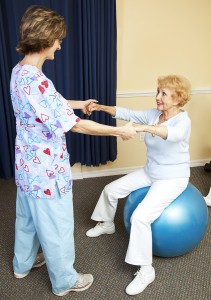
Prior to beginning a rehabilitation program, the senior must consult a physical therapist. Physical therapy sessions are necessary to identify bodily weakness and prepare the patient’s muscles for walking. Pre-walking exercises are commonly performed to help the stroke survivor feel secure.
A physical therapist will support the patient as she relearns to walk. Several muscles and many isolated movements are essential for walking. The patient relearns the various phases of movement required for each step. Each phase must be relearned separately then combined in order to progress.
Normally, the brain instructs the body’s muscles on how to move. After a stroke, this function is reversed. A physical therapist is instrumental in showing a stroke victim how to move her muscles. The repetitive movements send signals back to the brain, facilitating the process of relearning to walk.
Stroke survivors who participate in a physical therapy program receive vital help to regain the strength to walk. To promote a successful recovery, stroke patients should continue their walking program well beyond the completion of physical therapy and other medically supervised sessions.
Get Help from a Caregiver
An important part of stroke recovery is support from compassionate caregivers from Assisting Hands Home Care. Our dedicated home care professionals accompany stroke survivors on walks, ensuring they remain physically stable and secure. We also provide transportation to physical therapy sessions.
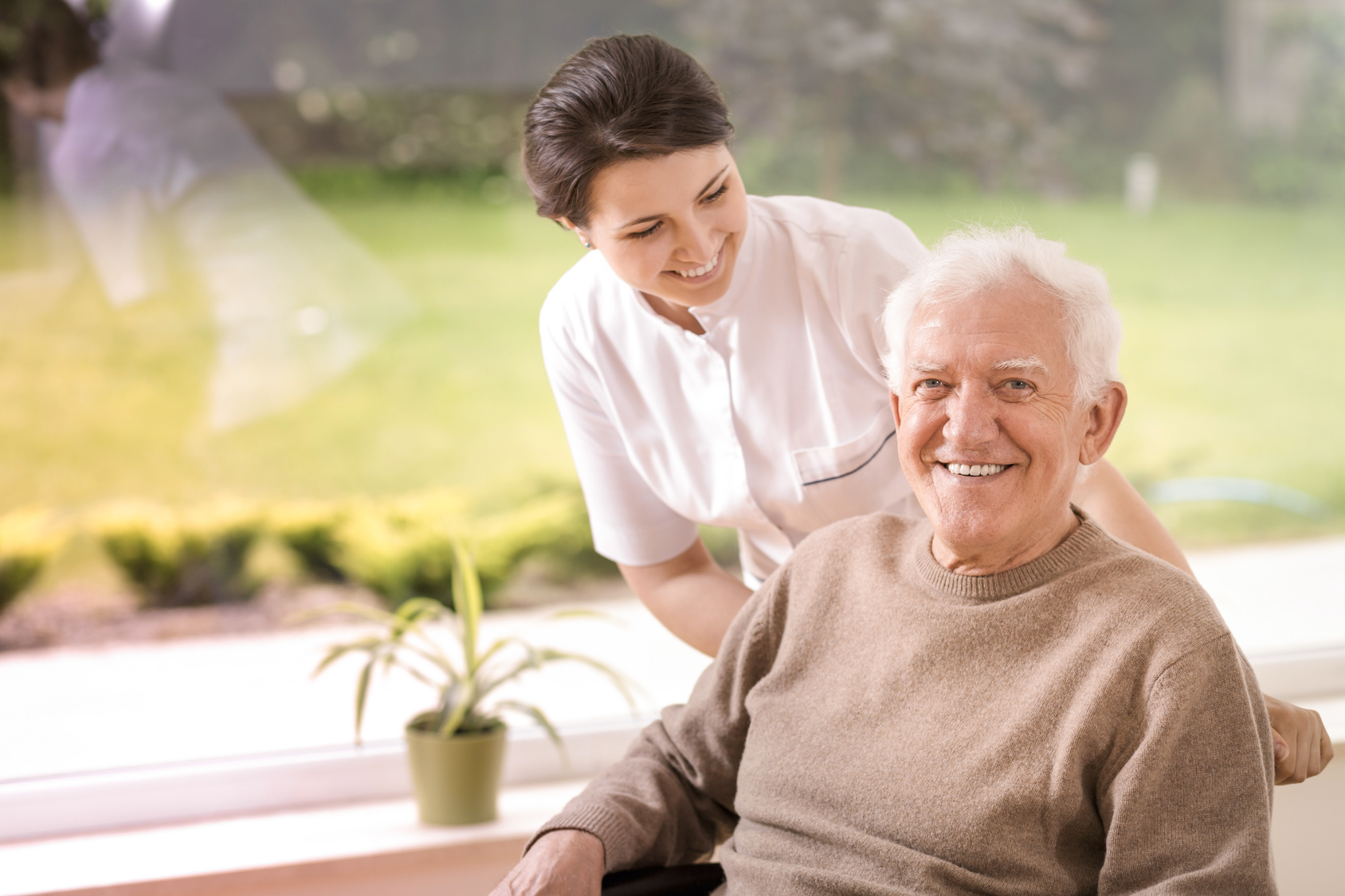
Caregivers from Assisting Hands Home Care help stroke patients live at home independently. We prepare nutritious meals, assist with personal care tasks and provide non-medical home health care. Since fall prevention is important for stroke victims, our caregivers monitor the home environment for fall risks.
Get a Free Consultation
Stroke survivors in the surrounding communities of Broward County, Florida, rely on the unwavering support provided by caregivers from Assisting Hands Home Care. A free consultation is available to families and their aging loved ones interested in reliable home care.

